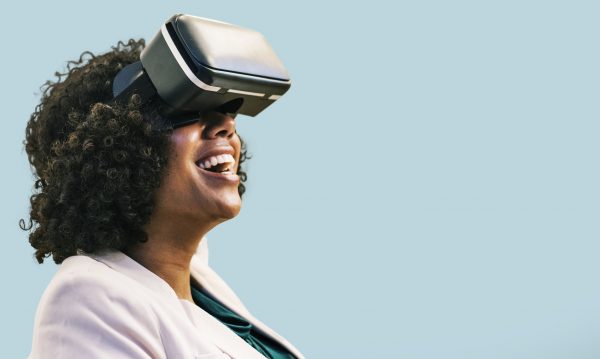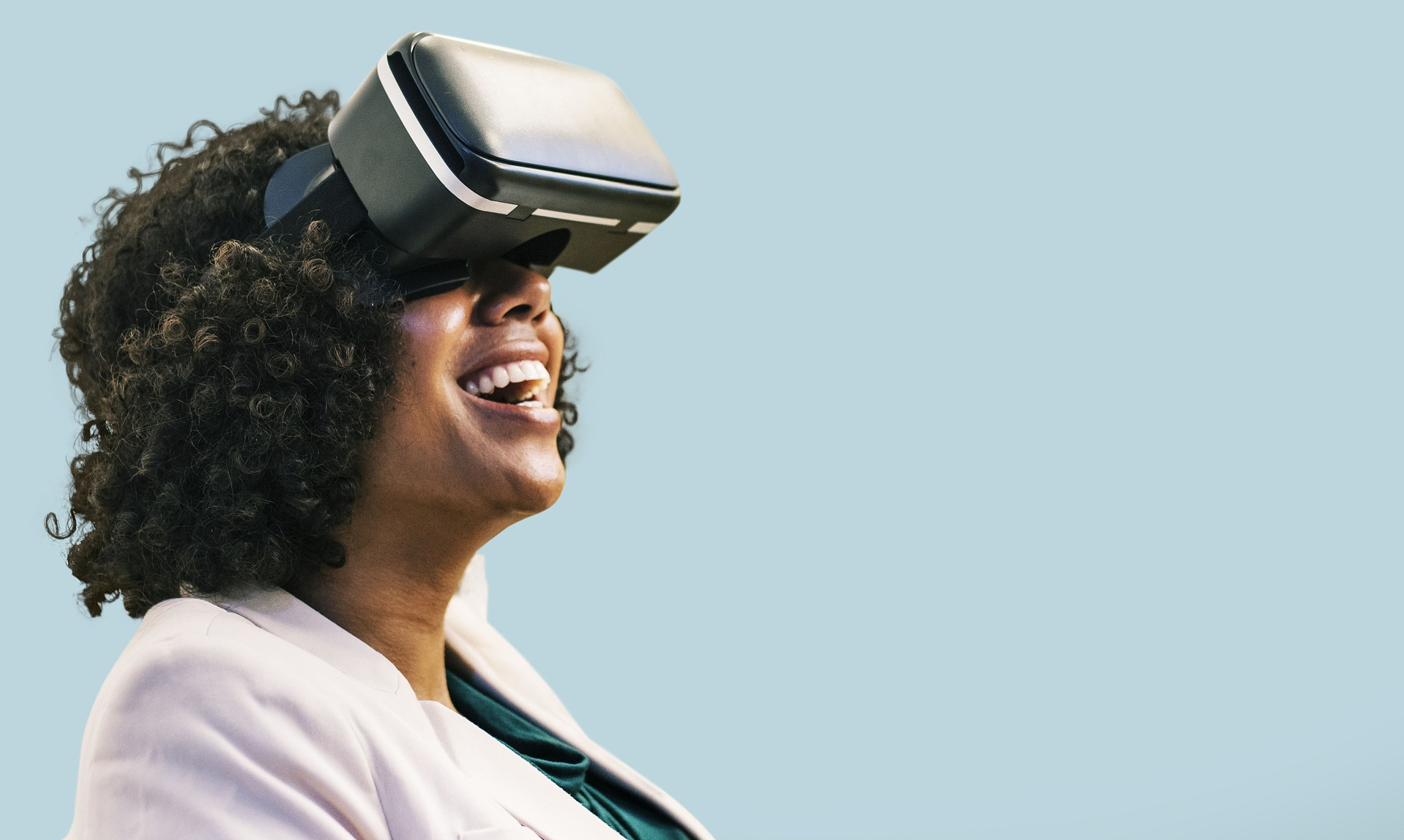

The Virtual Reality (VR) era is fast approaching. When successful technology companies make money available for VR development, this usually goes hand in hand with an improvement in the VR experiences of customers like a 3D configurator. Specialists claim that VR will gain more importance over time than e.g. the whole topic of mobile. In the future, it is to be expected that almost every company will use VR content in its advertising.


VR experts should concentrate on a modern framework with 3D content instead of an old-fashioned 2D concept. Consequently, it is necessary for every VR designer to know the work processes in the field of VR development and to give a short description of the VR ideas in basic details.
VR architects should be aware of all functional mechanisms of VR. The VR software applications help them to understand them. This includes e.g. Tilt Brush. A design of a VR product includes the creation of customer characters, an interaction pattern and object structures.
To create a new interface for the VR product.
It is very important to estimate the distance between the users and a part of the content in order to choose the right size of the VR product. The most appropriate shape for the VR product is a rectangle.
Selection of the framework to create the VR application.
The frameworks are divided into 3 categories:
Strict compliance with all VR development tips.
People should use helpful resources such as the “Google VR Design Guidelines” or “Oculus VR: Introduction to Best Practices”.
In order to realize the requirements of the customers and the problems they are confronted with with with the help of the VR-App.
The criteria refer to the physiological characteristics of a human body and its response to the VR product, especially a headset, glasses and others. The VR product should take into account the environmental characteristics to meet the needs of each customer. As far as ergonomics are concerned, the interaction of man, VR product and their complete adaptation are two important aspects for the further design of VR.
Thank you very much for your visit.